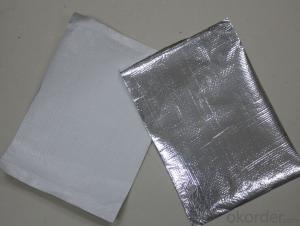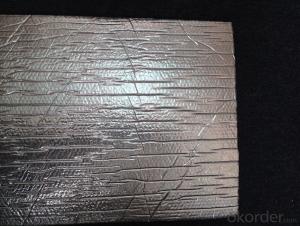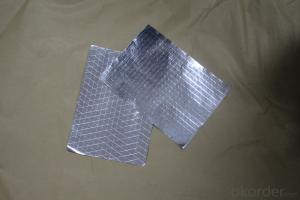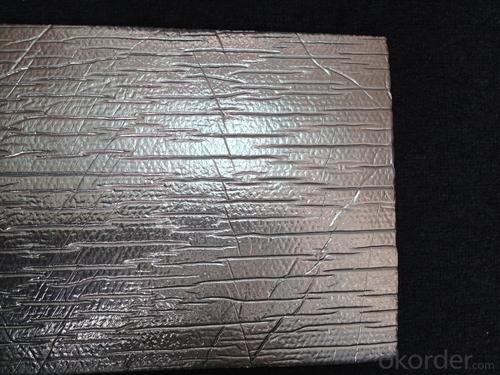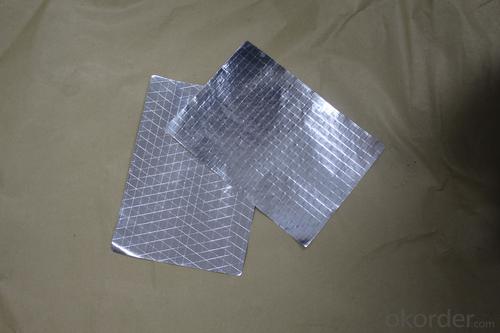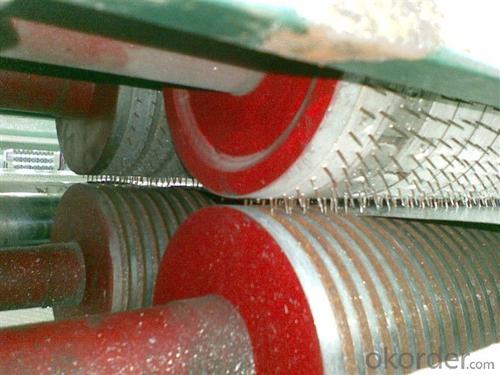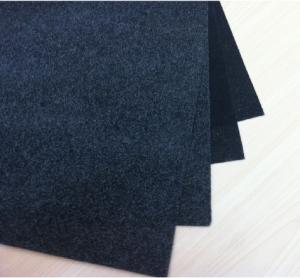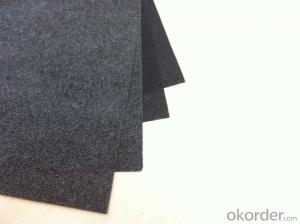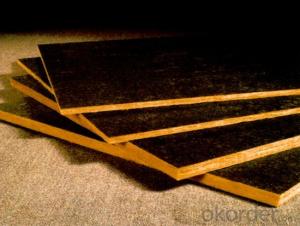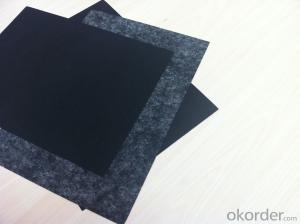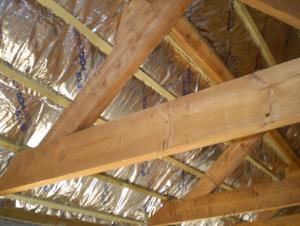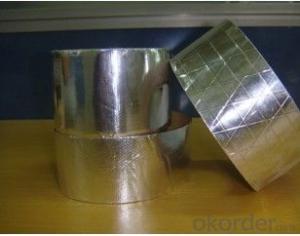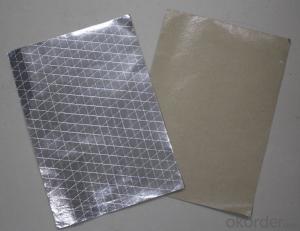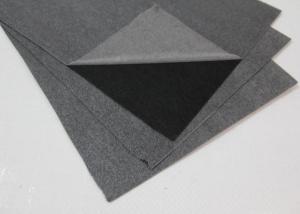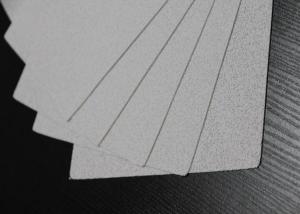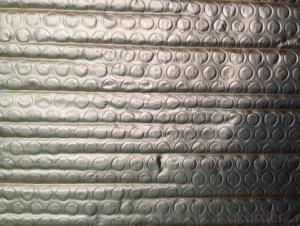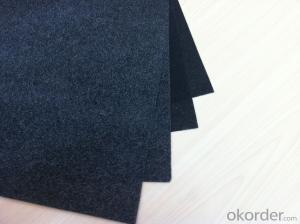Fiberglass Facing Flexible Ducts Bubble Foil Green
- Loading Port:
- China Main Port
- Payment Terms:
- TT OR LC
- Min Order Qty:
- -
- Supply Capability:
- -
OKorder Service Pledge
OKorder Financial Service
You Might Also Like
Application:
1,Building Thermal Insulation Material
(1),Roof,Underlay,Under Concrete & floor Insulation;
(2),Attic,Crawl Space,Stud Wall ,Metal Frame Building Insulation.
2,Wrapping
(1),Protective coatings of ventilating pipe,HVAC Duct & Pipe;
(2),Shells of air conditioner and water heater.
Feature:
1), Waterproof, heavy duty, clean, light, flexible, non-absorbent surface
2), Fire resistant & antiglare
3), Recyclable, environmentally friendly
4), Effective in extreme temperatures both hot and cold
5), Easily install, cut, stapled, nailed or glued into place
6), Safe to handle with no special clothing or breathing Equipment
Feature:
1), Waterproof, heavy duty, clean, light, flexible, non-absorbent surface
2), Fire resistant & antiglare
3), Recyclable, environmentally friendly
4), Effective in extreme temperatures both hot and cold
5), Easily install, cut, stapled, nailed or glued into place
6), Safe to handle with no special clothing or breathing Equipment

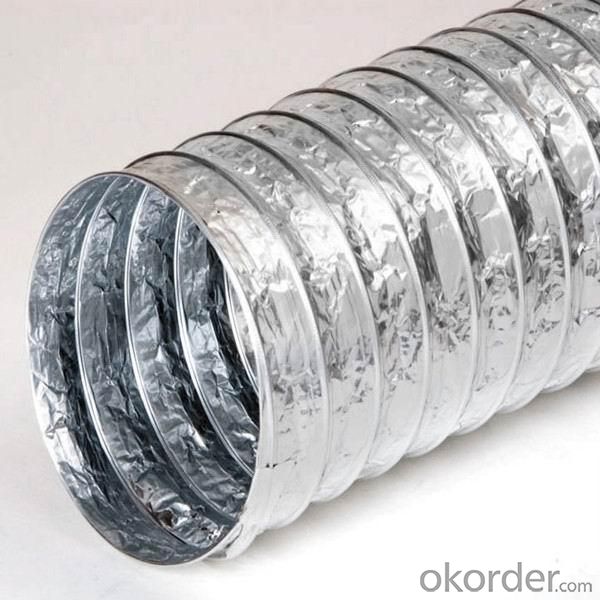


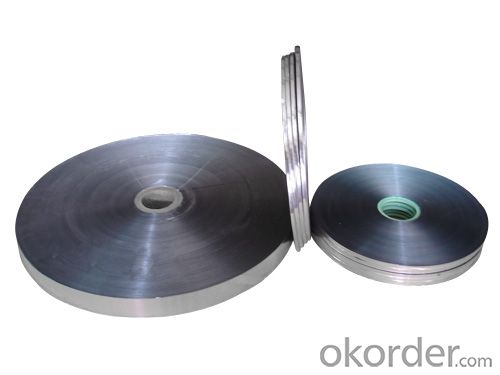


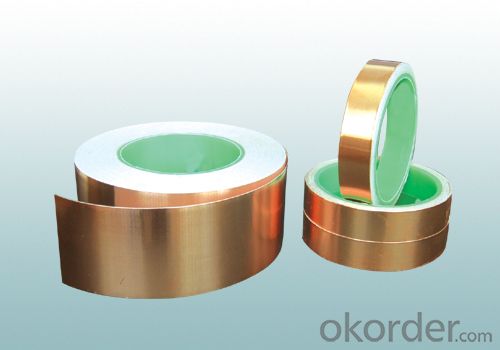
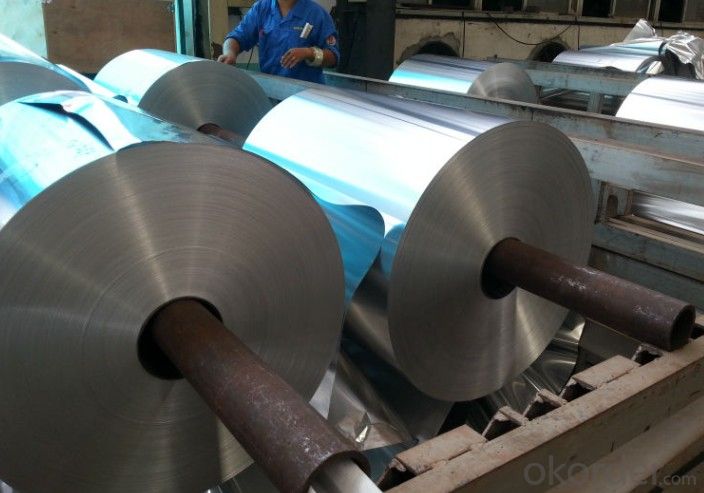

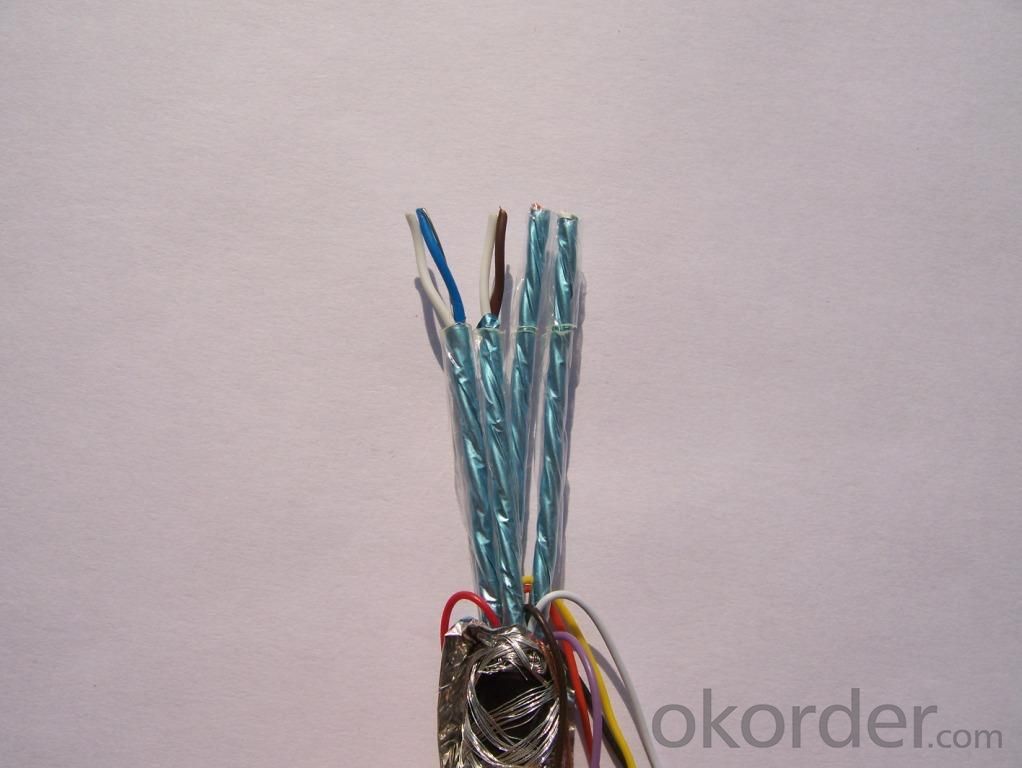
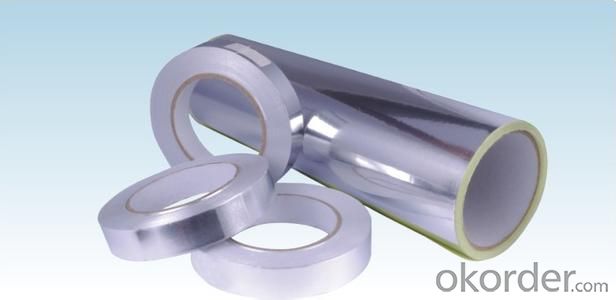
- Q: Is it possible to use black fiberglass tissue for the purpose of insulating exterior walls?
- <p>Yes, black fiberglass tissue can be used for exterior wall insulation. It is a popular material due to its lightweight, high strength, and excellent thermal insulation properties. Black fiberglass tissue reflects solar radiation, which can help reduce heat absorption and improve the energy efficiency of buildings. However, it's important to ensure proper installation and consider the local climate and building codes, as some regions may have specific requirements for insulation materials.</p>
- Q: Is it possible to utilize black fiberglass tissue as an insulating material?
- <p>Yes, black fiberglass tissue can be used for insulation materials. It is a type of glass wool that provides thermal insulation, sound absorption, and fire resistance. The black color is typically due to the addition of colorants, which do not affect its insulating properties. However, it is important to note that fiberglass insulation, including black fiberglass tissue, should be handled with care due to potential health risks from inhaling fibers and should be installed in accordance with safety guidelines.</p>
- Q: Is it possible to recycle and reuse black fiberglass tissue?
- <p>Yes, black fiberglass tissue can be recycled and reused. The process involves collecting and sorting the fiberglass, which is then cleaned and processed to remove any contaminants. The cleaned fibers can be chopped and used as a reinforcing material in new composite products. However, the recycling of black fiberglass is less common due to the difficulty in separating the color pigments, which can affect the quality of the recycled material. Despite this, advancements in recycling technology are making it increasingly feasible to recycle and reuse black fiberglass tissue.</p>
- Q: What are the standard specifications or criteria that define the quality of black fiberglass tissue?
- <p>Yes, there are standards for the quality of black fiberglass tissue. These standards typically include specifications for tensile strength, elongation, thickness, and other physical properties. The quality is often determined by adherence to industry standards such as ASTM (American Society for Testing and Materials) or ISO (International Organization for Standardization). These standards ensure consistency, reliability, and performance of the fiberglass tissue, which is crucial for applications in various industries such as construction, automotive, and aerospace. Compliance with these standards is verified through testing and certification processes.</p>
- Q: Can fiberglass facing be recycled?
- Yes, fiberglass facing can be recycled. Fiberglass is a type of reinforced plastic made from fine fibers of glass, and the facing is typically a thin layer of fiberglass. While recycling fiberglass can be more challenging than other materials due to its unique properties, it is still possible to recycle it. The recycling process involves shredding or grinding the fiberglass material into small pieces, which can then be used to make new products. However, it is important to note that the recycling infrastructure for fiberglass may not be as widespread or easily accessible as for other materials, so it is advisable to check with local recycling facilities or specialized fiberglass recycling companies to understand the specific recycling options available in your area.
- Q: Is it possible to utilize black fiberglass tissue as an insulating material in construction?
- <p>Yes, black fiberglass tissue can be used for building insulation. It is a type of insulation material known for its thermal and acoustic insulation properties. Black fiberglass is made from glass fibers and is often used in construction for insulating walls, roofs, and floors. It helps to reduce heat transfer, thereby improving energy efficiency and comfort within the building. However, it's important to note that proper installation and safety precautions are necessary due to the potential health risks associated with fiberglass, such as skin and respiratory irritation.</p>
- Q: Is it safe to use black fiberglass tissue in a kitchen environment, considering factors such as heat, moisture, and potential health risks?
- <p>Black fiberglass tissue is generally not recommended for use in a kitchen environment due to its potential to release glass fibers, which can be harmful if inhaled or ingested. Kitchens have high heat and moisture levels, which can degrade the fiberglass, leading to the release of these fibers. Additionally, the black color may not be suitable for surfaces that come into contact with food. It's safer to use materials specifically designed for kitchen use that are heat and moisture resistant and do not pose health risks.</p>
- Q: Is it possible to recycle glass fiber paper once it has been used?
- <p>Yes, glass fiber paper can be recycled after use. The recycling process typically involves shredding the paper to separate the glass fibers from other materials. These fibers can then be used to create new products such as insulation, reinforcing materials for composites, or even as a component in new paper products. However, the recycling process for glass fiber paper may vary depending on the specific composition and the presence of any contaminants, which can affect its recyclability. It's important to check with local recycling facilities to understand their specific guidelines and capabilities for recycling glass fiber paper.</p>
- Q: Can fiberglass facing be used in both residential and commercial buildings?
- Fiberglass facing is applicable for use in both residential and commercial buildings. This versatile material offers numerous advantages, including thermal insulation, moisture resistance, and soundproofing. Its diverse properties make it suitable for various applications in both residential and commercial settings. In residential buildings, fiberglass facing can be utilized in insulation products for walls, ceilings, and attics. By doing so, it contributes to the enhancement of energy efficiency and reduction of heating and cooling expenses. Furthermore, it can be integrated into residential HVAC systems to improve air quality and minimize noise transmission. Similarly, in commercial buildings, fiberglass facing can be incorporated into insulation products for walls, roofs, and HVAC ductwork, providing the same benefits as in residential settings. Moreover, it can be utilized in commercial acoustic panels and soundproofing systems to diminish noise levels in offices, conference rooms, and other commercial spaces. Overall, fiberglass facing is an adaptable material that effectively enhances insulation, moisture resistance, and soundproofing properties in both residential and commercial buildings.
- Q: Is it appropriate to use black fiberglass tissue for cleaning windows or mirrors?
- <p>No, it is not recommended to use black fiberglass tissue for cleaning windows or mirrors. Black fiberglass tissue is typically abrasive and can scratch the glass surface, leaving streaks and reducing clarity. Instead, use a microfiber cloth or a soft, lint-free cloth designed for glass cleaning. These materials are gentle on glass and effectively remove dirt and smudges without causing damage.</p>
Send your message to us
Fiberglass Facing Flexible Ducts Bubble Foil Green
- Loading Port:
- China Main Port
- Payment Terms:
- TT OR LC
- Min Order Qty:
- -
- Supply Capability:
- -
OKorder Service Pledge
OKorder Financial Service
Similar products
Hot products
Hot Searches
Related keywords
